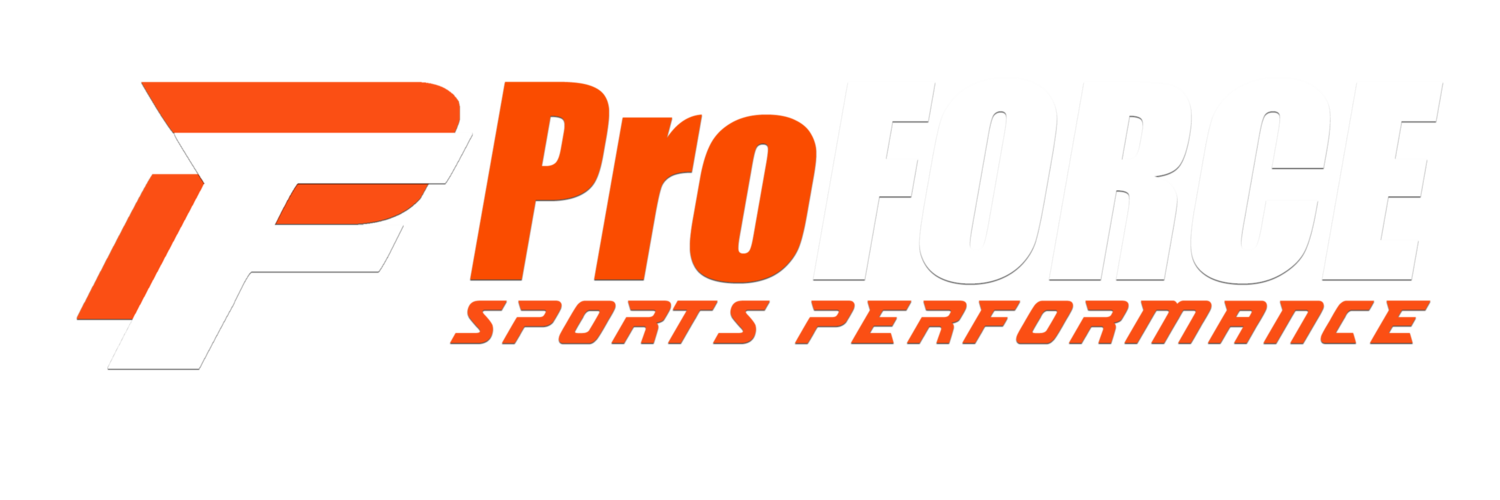I saw a post on Instagram of some data that was gathered by Driveline a few days ago. Their data suggests that your dominant arm muscle during the deceleration phase of throwing a baseball is the biceps.
While I agree whole heartedly with the data I thought it might be a good idea to clarify how to efficiently train the biceps for those of you who ran to the ez curl bar and started doing some curls in the hope of increasing velocity.
I noticed the comments that were being made were all about "why have I been told not to do biceps by my coach." I want to first examine why you have been told not to do bicep curls.
The reason you have been told not to biceps as a pitcher comes down to the anatomy of the bicep. The biceps tendon insertion point is at the superior aspect of the Labrum. Now why does this mean you shouldn’t get your biceps jacked….
The more repeated force that the biceps tendon is under, the more strain placed on the superior aspect of the Labrum. A SLAP tear is an injury to the labrum of the shoulder where the superior labrum is torn or pulled back from anterior to posterior. This injury is common in overhead athletes.
There are four main types or classifications of a SLAP tear, although other types do exist:
A Type I SLAP tear involves fraying of the labrum in this area, but the biceps tendon attachment is normal.
A Type II SLAP tear is common in throwers and occurs when the labrum and biceps tendon tear off the attachment on the glenoid socket
A Type III tear occurs when there is a piece of tissue that hangs or flips down into the joint, similar to a bucket-handle meniscus tear in the knee.
A Type IV tear occurs when the tear extends from the labrum into the biceps tendon itself.
As mentioned the Biceps tendon is a decelerator in the throwing motion. If we step back from the data again and look, another common baseball injury is biceps tendonitis or tendinosis. This condition occurs when the biceps tendon becomes inflamed at the bicipital groove from chronic overuse of the bicep.
Most coaches will tell pitchers to stay away from the ex curl bar due to the amount of trauma that can occur at the biceps insertion point in the shoulder and more specifically because of the two injuries I just mentioned.
While in the past I have steered pitchers away from bicep work, in recent years I have come up with a plan that helps them feel like they are getting their Smith and Wesson’s jacked, but also functionally training the bicep to reduce the risk of injury.
Here is the smarter training plan I follow to help my pitchers get the pump without the increased injury risk. I would recommend the following schedule for bicep training pitchers following completion of the season:
First Month Off
No Bicep Work
Second Month Off
4x6
Tempo 5-0-X
Third Month Off
Strength work
4x6
Fourth Month Off
Throwing volume increases so no more bicep work
For more information in baseball specific training please email me at khollabaugh@proforcesp.com.


